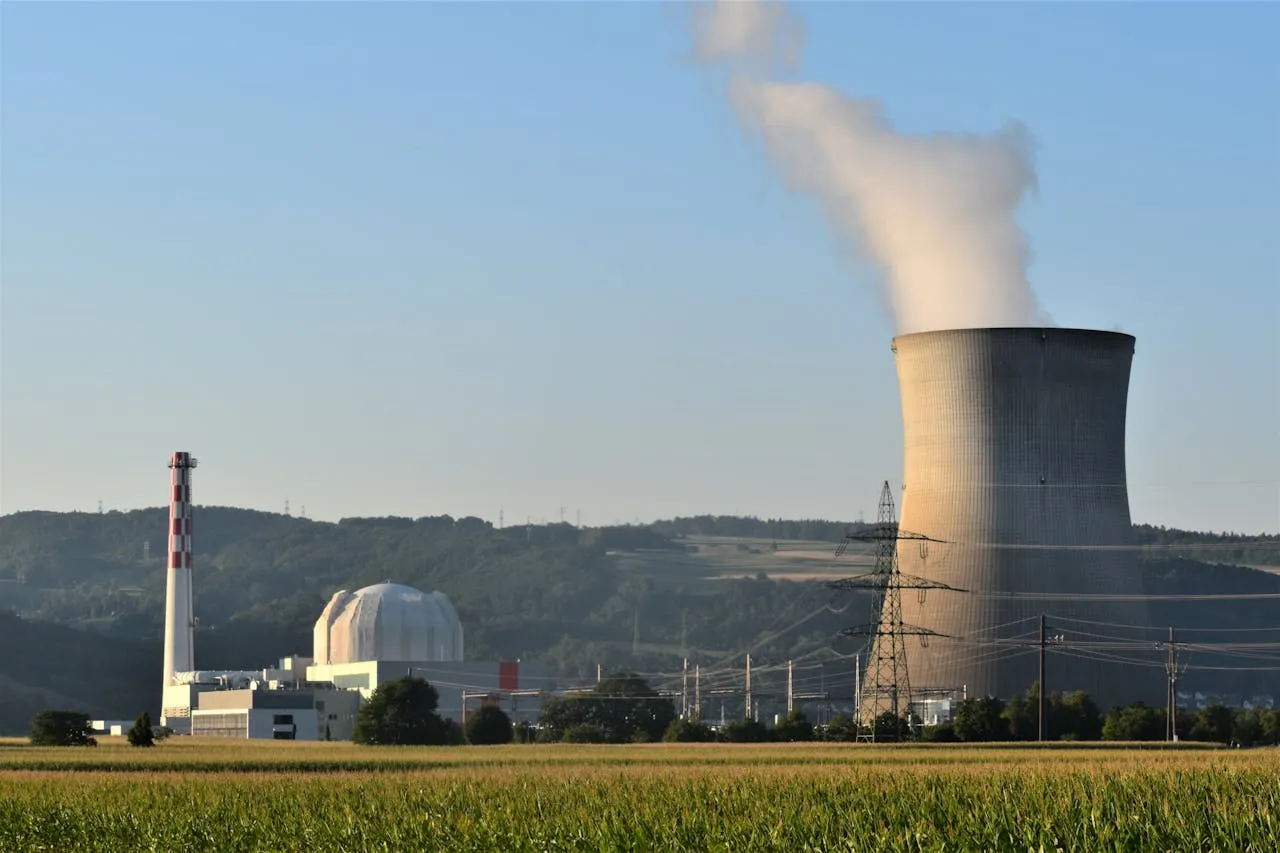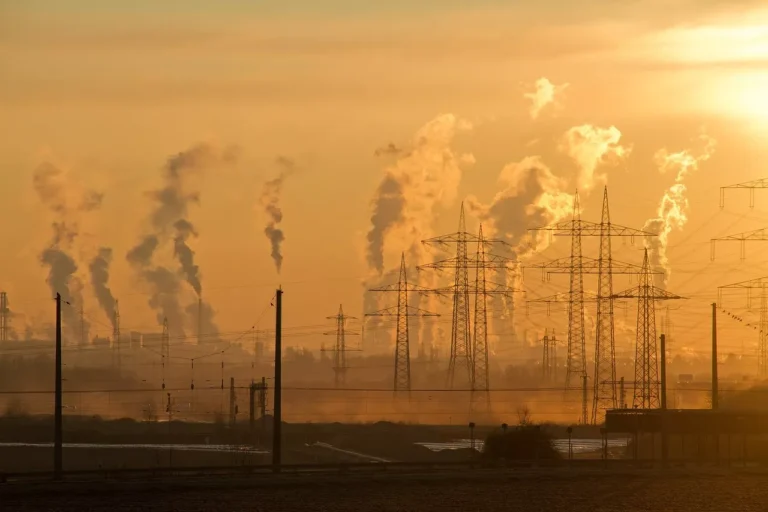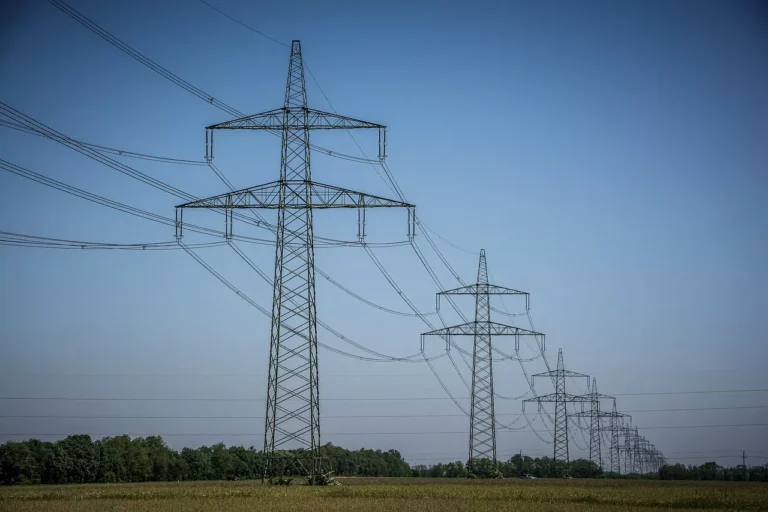
Utah San Rafael Energy Lab and NuCube Energy Forge Strategic Alliance to Advance Revolutionary Nuclear Microreactor Technology
In a landmark move that highlights the growing momentum behind next-generation nuclear power in the United States, the Utah San Rafael Energy Lab (USREL), a division of the Utah Office of Energy Development (OED), has officially signed a memorandum of understanding (MOU) with NuCube Energy (NuCube), an advanced nuclear energy company pioneering a breakthrough microreactor design. The agreement sets the stage for testing and potential deployment of one of NuCube’s innovative microreactors at the USREL site in Orangeville, Utah.
The partnership represents a major step forward in demonstrating and validating NuCube’s reactor technology, which is designed to produce both electricity and industrial-grade heat using cutting-edge fission techniques. This dual functionality has the potential to reshape how energy is generated and utilized across industrial sectors—especially in regions underserved by traditional energy infrastructure.
Pioneering the Next Era of Nuclear Innovation
NuCube Energy has engineered what it describes as a “revolutionary” nuclear fission reactor, one that pushes the limits of current small modular reactor (SMR) technology by incorporating a unique combination of advanced features. At the core of this microreactor design lies the use of TRISO (tristructural-isotropic) fuel—widely regarded as one of the safest and most robust nuclear fuels ever developed. TRISO particles encase uranium fuel in multiple protective layers, dramatically reducing the risk of radioactive material release under extreme conditions.
Complementing TRISO fuel is a heat pipe system that transfers thermal energy without the need for moving mechanical components, further enhancing the safety profile and simplifying system maintenance. This combination not only minimizes the likelihood of mechanical failure but also eliminates the need for complex coolant circulation systems that can pose risks in conventional nuclear reactors.
The design also features an integrated stainless-steel containment vessel that enhances safety and significantly simplifies the regulatory permitting process. This compact, modular form factor means NuCube’s reactors are not only easy to transport and install, but also scalable for a variety of applications, from rural power provision to industrial heating.
What sets NuCube’s technology apart in the current nuclear landscape is its capacity to produce ultra-high temperature heat—exceeding 1,000 degrees Celsius—making it the only commercially viable nuclear technology that can rival natural gas in delivering the high-quality heat required for many industrial processes.
Expanding Energy Access and Industrial Applications
The high-temperature output of NuCube’s microreactor gives it a decisive advantage in targeting energy-intensive sectors such as petrochemicals, cement, steel, hydrogen production, and desalination. Traditionally, these industries have relied heavily on fossil fuels for thermal energy due to the unavailability of cost-effective, clean alternatives at comparable temperatures. NuCube’s system can disrupt that paradigm by offering a zero-emissions solution that meets the rigorous performance demands of such sectors.
Moreover, the microreactor’s ability to operate independently from the existing electric grid enables it to function in remote or off-grid locations. This flexibility could prove transformative for isolated or underserved communities, particularly in western states like Utah where vast rural expanses still lack access to reliable power infrastructure.
By embedding these microreactors in such areas, energy developers can establish decentralized, resilient energy systems that enhance energy security and reduce transmission losses—while also supporting local economic development and industrialization.
Utah’s Emerging Role as a Nuclear Innovation Hub
The announcement of this MOU aligns with a broader national resurgence of interest in nuclear power as a dependable and emissions-free source of base-load energy. As the United States transitions toward a cleaner energy mix and aims to meet ambitious decarbonization goals, advanced nuclear technologies like NuCube’s are attracting increasing attention from policymakers, regulators, utilities, and private investors.
Utah, in particular, is rapidly positioning itself as a leader in this space. Through USREL and other initiatives, the state is working to attract advanced nuclear projects and foster a favorable ecosystem for clean technology innovation. The San Rafael Energy Lab has already developed a reputation as a proving ground for novel energy technologies, including next-generation power cycles such as supercritical carbon dioxide (sCO₂) systems.
In this context, the NuCube-USREL collaboration represents not only a technological milestone but also a strategic investment in Utah’s long-term energy landscape.
“Utah has an enormous amount of momentum as it explores how best to leverage nuclear energy to meet the needs of its residents and businesses,” said Cristian Rabiti, CEO and cofounder of NuCube Energy. “NuCube’s innovative reactor is ideal for Utah, and we’re looking forward to bringing the highest-temperature application for nuclear energy to the state for the first time. We are especially excited to be working with USREL given its proven track record of demonstrating advanced power generation technologies, including a supercritical carbon dioxide power cycle.”
Rabiti’s enthusiasm reflects the growing confidence among nuclear developers that USREL will serve as a key gateway for taking experimental designs from laboratory to commercial reality. The facility offers extensive space, utility infrastructure, and technical capabilities necessary for accommodating advanced reactor research and validation.
Supporting Community Engagement and Regulatory Transparency
Beyond its technical objectives, the MOU also emphasizes the importance of community engagement, transparency, and collaboration with local stakeholders. USREL and NuCube have already initiated conversations aimed at educating the public and ensuring that community members are well-informed about the safety, benefits, and oversight involved in deploying nuclear technologies.
This focus on outreach is consistent with best practices for modern nuclear development, where trust-building and stakeholder participation play crucial roles in securing public support and smooth regulatory progress. Utah’s Office of Energy Development has pledged to prioritize local involvement throughout the project’s lifecycle.
“The USREL has the space and equipment necessary to host projects like NuCube Energy’s test reactor,” said Emy Lesofski, director of the Office of Energy Development. “The lab will be a site for a variety of research projects that focus on keeping our energy clean, affordable, reliable, and sustainable.”
Lesofski also highlighted the lab’s mandate to facilitate the safe and timely commercialization of new energy technologies. “The research at USREL will play a critical role in bringing promising technologies to market safely and quickly so the state can continue to increase its reliable and clean energy supply while also working with local community members,” she added. “We’re particularly excited about NuCube’s technology because of the opportunities around research it will afford.”











